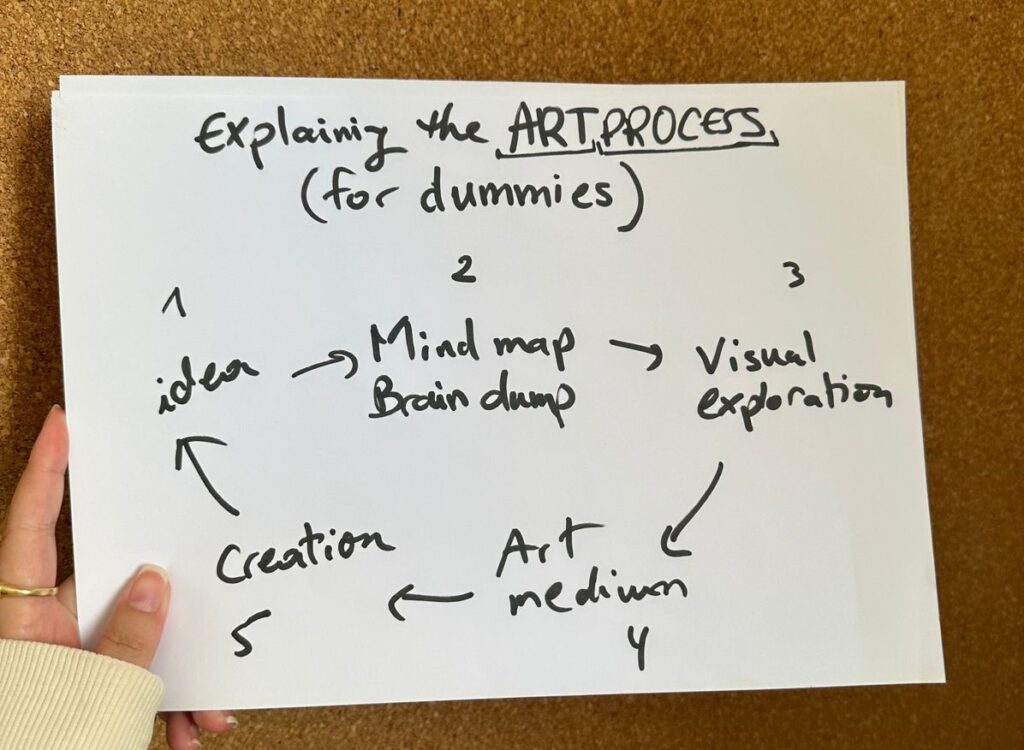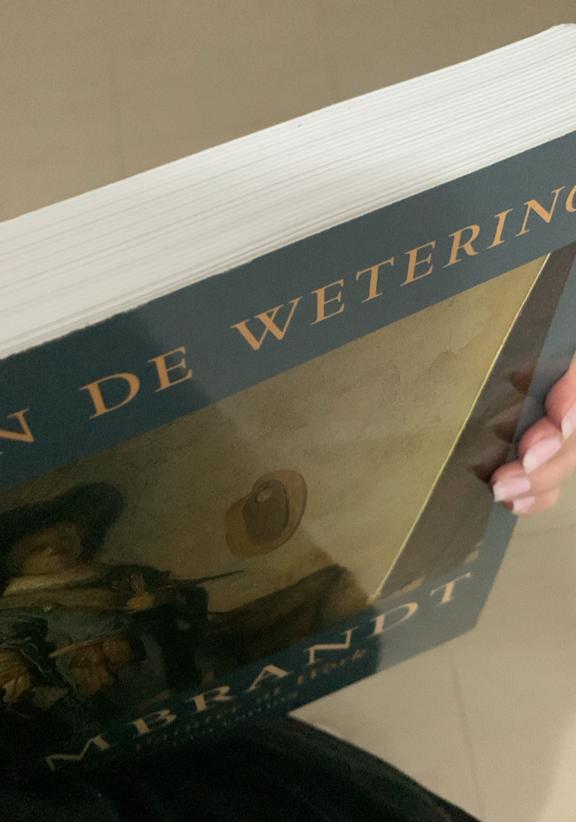Team slow painting process here. I know you were shamed for it! Just like me and every other “slow artist”. The world is expecting you to paint a lot, paint fast, and create to sell, then sell out. Otherwise, you’re lazy and you don’t fit in.
Why is your painting process so freaking slow?
I have been reading this book that I recently recommended in my article, The Artist’s Bookshelf. It is a big art book about Rembrandt and his art mastery. I came across a chapter where Ernst van de Wetering describes Rembrandt’s slow painting process. And I started wondering how different it is to be an artist nowadays compared to the Italian Renaissance, Dutch Golden Age, or French Impressionist period. How have we managed to turn art into a commercial field where artists are getting burnt out to catch up with capitalism?
As a painter with a project manager life on the side, I use my painting time to relax, connect with myself, and explore my ideas. I go months with no painting, and I use my free time to travel, write articles for my blog, and do other personal stuff to avoid any potential burnout. But it all led to a lack of art productions throughout the span of my years.
I know your life looks the same. I know that it’s a joy to get creative and sit and have a religious time with your canvas or whatever medium you’re using to create your art. But it’s not as easy as everyone else expects it to be.
No art process is too slow or too fast
To each their own! If your painting process is 2 days long, it’s fine. It is also fine if you need months to finish a painting (as long as you’re not procrastinating or shrinking to hide your art in fear of feedback). It is also fine if you can make an artwork in 30 minutes. What’s not fine is to shame artists for having a fast or a slow painting process.
Explaining an art process (for dummies)
Here’s a little look into my art process (for when I want to be quick). But I want you to know that we all work differently.
I start with an idea (the hardest part because not all ideas become great art). Next is mind-mapping, or whatever you’d like to call it. Sketching or visually exploring the idea is crucial to any art process. Masters like Rembrandt made underpaintings with great care and attention to details such as value, edges, grounds, volumes, and other basic elements of a painting. Moving to your art medium will then be the last step of your brainstorming process. However, it’s just the first step in your art-making process. A work of art requires mistakes, failures, and try again(s) to be ready and finished. And then the artist who created it may hate the outcome and think it’s too average for what they want to share with the world.

Conclusion
Create with your speed. Choose the process that feels the most natural to YOU. It’s your art, so you set your rules. And make sure to enjoy creating <3

